
Margao: The Cultural Heart of Goa
Discover Margao: Goa's cultural heart with colonial charm, bustling markets, and delicious cuisine. Perfect for history buffs and culture enthusiasts.
Margao, the second largest city in Goa, is an enchanting blend of history, culture, and modernity. As the commercial capital of Goa, it offers a unique mix of traditional Goan charm and vibrant city life. The city's Portuguese influence is evident in its stunning colonial architecture, bustling markets, and beautiful churches, making it a must-visit destination for history buffs and culture enthusiasts. The Church of the Holy Spirit, one of the oldest churches in Goa, stands as a testament to the rich religious history of Margao. Visitors can also explore the Municipal Garden, a serene green space perfect for relaxing amidst nature. The Margao Market, known for its wide array of spices, textiles, and local crafts, is a shopper’s paradise and provides a glimpse into the daily lives of the locals. Food lovers will be delighted by the array of culinary delights Margao has to offer. From traditional Goan fish curry to Portuguese-inspired dishes, the local cuisine is sure to tantalize your taste buds. Don’t miss the chance to try authentic Goan sweets like Bebinca and Dodol while you’re here.
Local tips in Margao
- Visit the Church of the Holy Spirit early in the morning to avoid crowds and appreciate its architecture.
- Make sure to wear comfortable shoes as exploring Margao involves a fair amount of walking, especially in the markets.
- Try the local Goan sweets from street vendors for an authentic taste experience.
- Hire a local guide to learn more about the history and significance of Margao's landmarks.
- Visit the Margao Market on a weekday morning for the freshest produce and a more relaxed shopping experience.
Margao: The Cultural Heart of Goa
Margao, the second largest city in Goa, is an enchanting blend of history, culture, and modernity. As the commercial capital of Goa, it offers a unique mix of traditional Goan charm and vibrant city life. The city's Portuguese influence is evident in its stunning colonial architecture, bustling markets, and beautiful churches, making it a must-visit destination for history buffs and culture enthusiasts. The Church of the Holy Spirit, one of the oldest churches in Goa, stands as a testament to the rich religious history of Margao. Visitors can also explore the Municipal Garden, a serene green space perfect for relaxing amidst nature. The Margao Market, known for its wide array of spices, textiles, and local crafts, is a shopper’s paradise and provides a glimpse into the daily lives of the locals. Food lovers will be delighted by the array of culinary delights Margao has to offer. From traditional Goan fish curry to Portuguese-inspired dishes, the local cuisine is sure to tantalize your taste buds. Don’t miss the chance to try authentic Goan sweets like Bebinca and Dodol while you’re here.
Iconic landmarks you can’t miss
Aga Khan Children's Park
Discover the serene beauty and family-friendly charm of Aga Khan Children's Park in Madgaon, Goa, where nature meets fun for all ages.
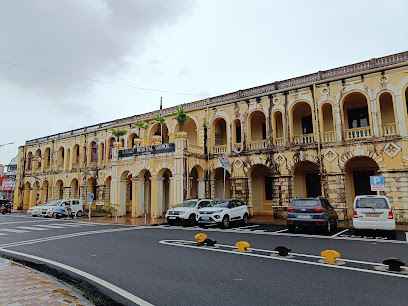
Pandava Caves
Explore the ancient Pandava Caves, a historical landmark in Goa rich in mythology and stunning rock-cut architecture, perfect for history enthusiasts.
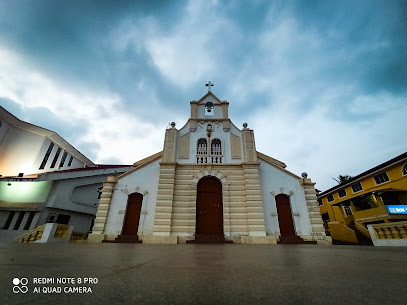
Margao Municipal Garden
Explore the serene beauty of Margao Municipal Garden, a lush urban oasis in the heart of Madgaon, Goa, perfect for relaxation and community events.
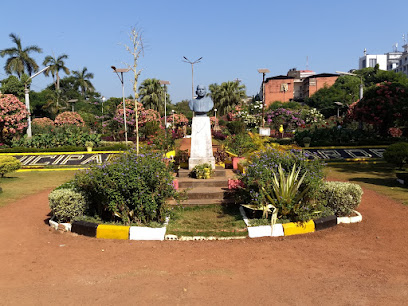
Shree Damodar Temple
Experience the serene beauty and rich traditions of Shree Damodar Temple, a spiritual haven in the heart of Goa's vibrant culture.

Monte Hills View Point
Discover the stunning panoramas of Goa at Monte Hills View Point, a tranquil escape for nature lovers and photography enthusiasts alike.

Opinion Poll Square
Experience the heart of Goan culture at Opinion Poll Square, a vibrant hub of local life and scenic beauty in Madgaon, Goa.

Chowgule Woods
Discover the serene beauty of Chowgule Woods, a botanical garden in Goa where nature flourishes and tranquility reigns.
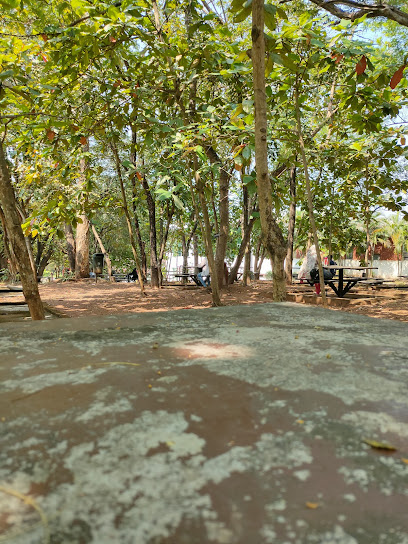
Carnival Route Margao
Discover the lively Carnival Route in Margao, Goa, where vibrant parades, rich culture, and historical charm come together in a unique celebration.

Margao's Great Trigonometrical Survey Marker
Discover the historical significance of Margao's Great Trigonometrical Survey Marker, a unique landmark celebrating India's rich scientific heritage.
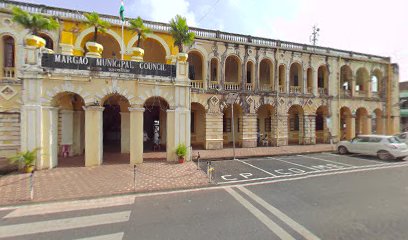
Matha gad
Explore Matha Gad, a historic landmark in Goa, where ancient architecture meets serene landscapes, perfect for history buffs and nature lovers alike.
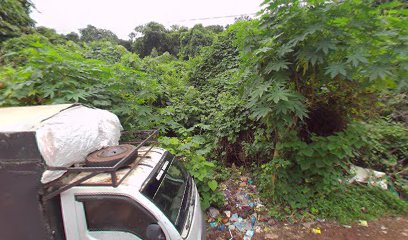
Unmissable attractions to see
Big Foot Goa
Explore the artistry and cultural heritage of Goa at Big Foot Goa, a unique museum and art gallery nestled in the tranquil village of Loutolim.

Goa Chitra Museum
Explore Goa's rich history and vibrant culture at the Goa Chitra Museum, a unique journey through time and tradition.

Our Lady of Grace Church
Discover the architectural beauty and serene atmosphere of Our Lady of Grace Church in Madgaon, a must-visit spiritual landmark in Goa.

Pandava Caves
Discover the enchanting Pandava Caves in Goa, a historical treasure trove steeped in legend and surrounded by nature's beauty.

Margao Municipal Garden
Explore the serene beauty of Margao Municipal Garden in Madgaon, Goa—your perfect escape into nature's tranquility amidst the city's vibrancy.

Shree Damodar Temple
Discover the tranquil beauty and spiritual essence of Shree Damodar Temple, a must-visit Hindu temple in Fatorda, Goa, for an enriching cultural experience.

Shri Damodar Sal
Experience the tranquility and cultural richness of Shri Damodar Sal, a revered Hindu temple in Madgaon, Goa, offering a serene escape into spirituality.
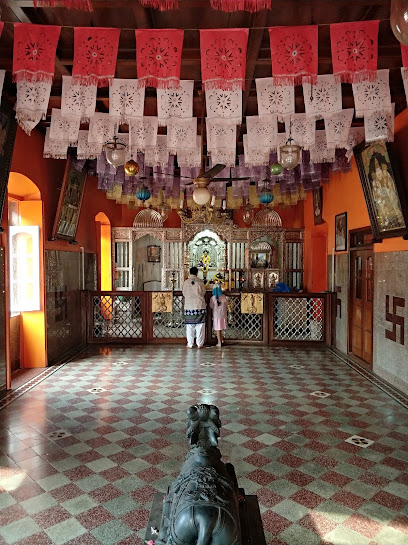
Clock Tower
Discover the enchanting Clock Tower in Madgaon, a captivating symbol of Goa's heritage and a vibrant hub for cultural exploration.
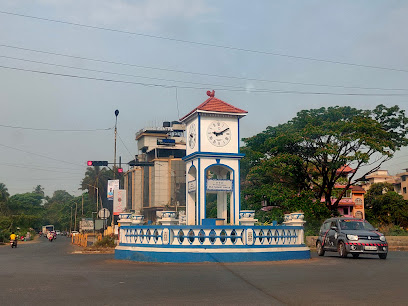
Damodar Temple
Experience the divine tranquility of Damodar Temple, a hidden gem in Goa that offers spiritual depth and cultural richness.
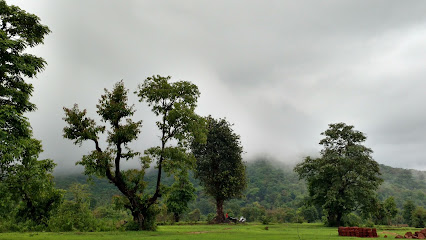
Monte Hills View Point
Discover breathtaking views and serene landscapes at Monte Hills View Point, a must-visit tourist attraction in Goa, perfect for nature lovers.

Essential places to dine
Navtara Veg Restaurant
Experience the vibrant flavors of vegetarian cuisine at Navtara Veg Restaurant in Goa – where every meal is a celebration of taste!
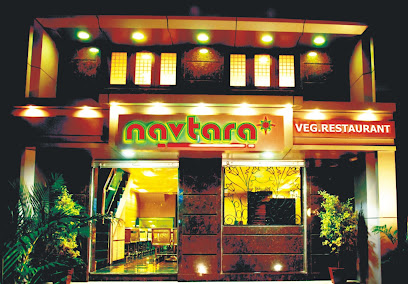
Spicy Family Restaurant & Bar
Discover authentic Goan and Asian flavors at Spicy Family Restaurant & Bar in Madgaon – where family-friendly dining meets culinary excellence.

Tato's Fine Dining
Discover the essence of Goan cuisine at Tato's Fine Dining – where tradition meets taste in every dish.
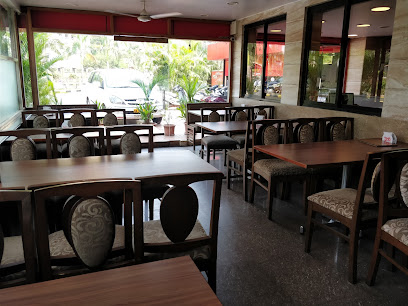
Pepper's
Experience the rich culinary heritage of Goa at Pepper's, where traditional flavors meet modern dining in an elegant setting.
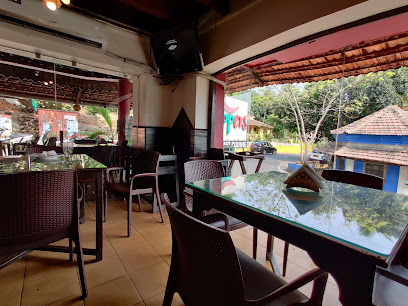
The Kitchen On Top
Discover Goa's vibrant flavors at The Kitchen On Top, where tradition meets modern cuisine in a stylish gastropub setting.
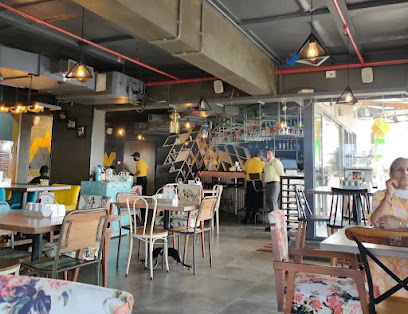
AJ's
Discover AJ's in Madgaon, Goa - where exquisite continental cuisine meets local flavors in a cozy café atmosphere.
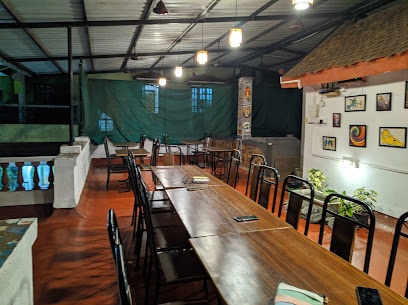
Cool & Spice
Experience the vibrant flavors of Goa at Cool & Spice – your go-to restaurant for delicious breakfasts and fast food.
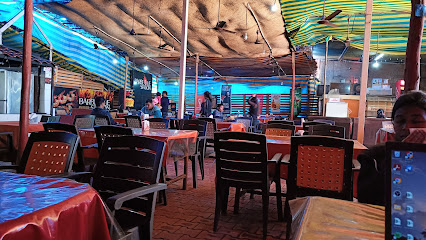
La Selle Restaurant Bar & Cafe
Savor the flavors of Goa at La Selle Restaurant Bar & Cafe - a must-visit for food lovers seeking delightful culinary experiences.
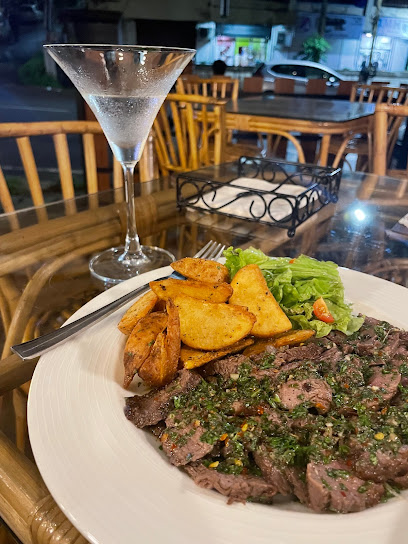
Rice Bowl Margao
Experience authentic Chinese flavors at Rice Bowl Margao - A culinary gem in the heart of Goa.
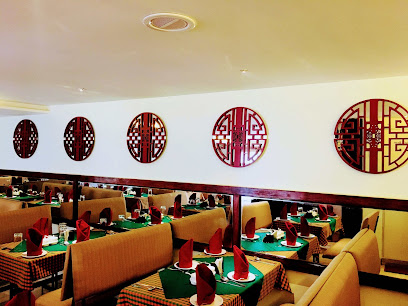
LEDA BPS Garden Restaurant
Savor authentic Goan cuisine in a serene garden setting at Leda BPS Garden Restaurant in Margao.

Markets, malls and hidden boutiques
Swaruchi Boutique Kncept
Discover the charm of Goan fashion at Swaruchi Boutique, where tradition meets modernity in women's clothing.
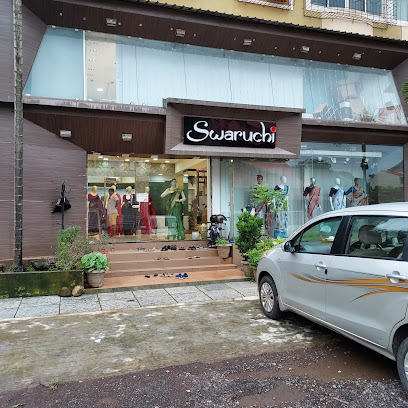
Body Language
Explore Body Language in Madgaon, Goa: A premier destination for bridal wear and stylish clothing that embodies elegance and creativity.

Limras
Discover Limras in Madgaon, Goa - A Chic Women's Boutique Blending Modern Fashion with Local Culture.

Sabina Boutique
Explore the vibrant fashion scene at Sabina Boutique, where unique Goan styles meet contemporary trends in an inviting setting.

Pinkcity homeware
Explore Pinkcity Homeware in Madgaon, Goa, for unique gifts and local crafts that capture the essence of Goan culture.
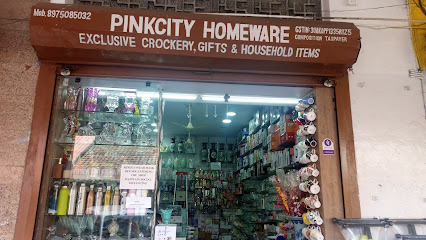
Unique Collection
Explore Unique Collection in Goa for trendy clothing and local fashion, perfect for every style and occasion during your travel adventures.
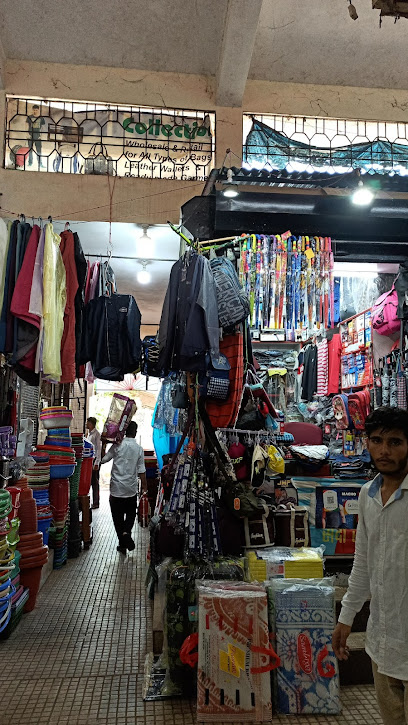
Toy Gift Shop Margao Gramudyoug
Explore a magical world of toys at Toy Gift Shop Margao, where joy and creativity come to life for children and collectors alike.

Ramriel Stores
Explore Ramriel Stores in Madgaon for unique gifts and authentic Goan souvenirs, a perfect memento of your travel experience in Goa.
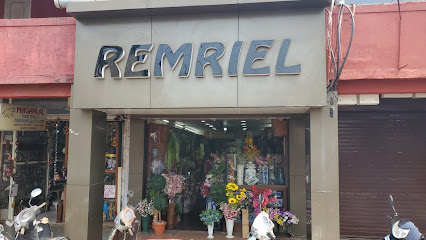
Gogal margao goa
Discover the vibrant essence of Goa at Gogal Margao, where local treasures and cultural experiences await every visitor.
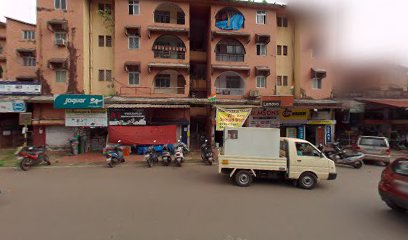
Vishlist
Discover stylish designer clothing at Vishlist in Madgaon, Goa, where fashion meets luxury in a vibrant shopping experience.

Essential bars & hidden hideouts
Spicy Family Restaurant & Bar
Experience the essence of Goan flavors at Spicy Family Restaurant & Bar, where culinary tradition meets family-friendly dining in Madgaon.

Longuinhos Bar, Restaurant & Confectioners
Experience the vibrant flavors of Goa at Longuinhos Bar, Restaurant & Confectioners, where culinary traditions meet modern dining.

Aloms Bar and Restaurant
Discover the vibrant flavors of Goa at Aloms Bar and Restaurant, where delicious grills and fast food create an unforgettable dining experience.
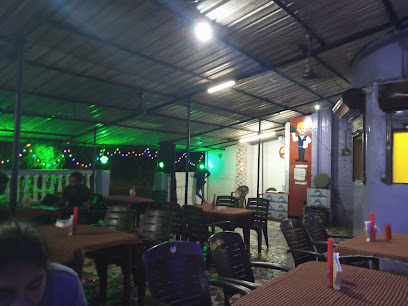
The Den Bar & Lounge
Experience the vibrant flavors of Goa at The Den Bar & Lounge, where exquisite tapas meet a lively bar ambiance.

Venice Bar & Restaurant
Experience the perfect blend of Goan and international cuisine amidst a tranquil garden setting at Venice Bar & Restaurant in Madgaon.
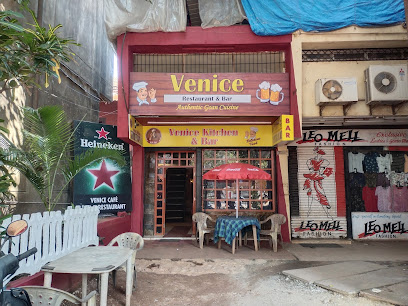
Joaval Pinto Bar & Restaurant
Experience the authentic flavors of Goa at Joaval Pinto Bar & Restaurant, where traditional grilled dishes meet a lively bar atmosphere.
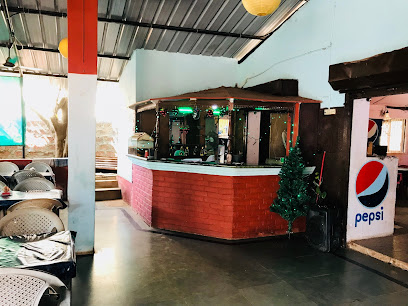
Capricorn Bar & Restaurant
Discover the ultimate grill experience at Capricorn Bar & Restaurant in Goa, where delicious food meets a vibrant bar atmosphere.

Franky's Bar and Restaurant
Experience the vibrant nightlife at Franky's Bar and Restaurant in Madgaon, Goa, where delicious food and refreshing drinks await.
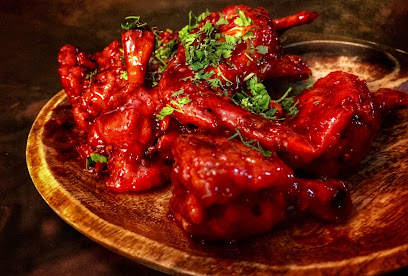
MP Bar
Discover the vibrant atmosphere at MP Bar in Fatorda, Goa, where refreshing drinks and local charm meet for an unforgettable experience.
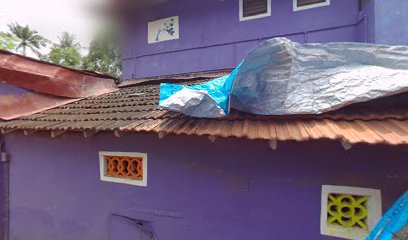
Bonaficia Bar & Restaurant
Discover the flavors of Goa at Bonaficia Bar & Restaurant, where culinary tradition meets vibrant dining in Madgaon.
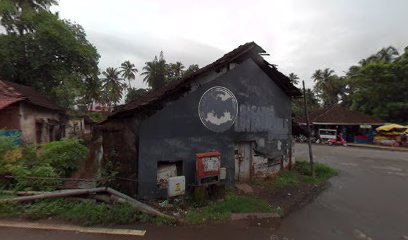
Local Phrases
-
- Helloनमस्कार
[Namaskar] - Goodbyeविदाय
[Vidaya] - Yesहो
[Ho] - Noनाही
[Nahi] - Please/You're welcomeकृपया
[Kripaya] - Thank youआभार
[Abhar] - Excuse me/Sorryमाफ करा
[Maph kara] - How are you?तुमका सुखारूं किताक
[Tumka sukharu kitak] - Fine. And you?चांगलं. आणि तुम्ही?
[Changal. Ani tumhi?] - Do you speak English?तू इंग्रजी बोलतोस का?
[Tu ingraji boltos ka?] - I don't understandमला समजलं नाही
[Mala samajal nahi]
- Helloनमस्कार
-
- I'd like to see the menu, pleaseकृपया मेनू पहा
[Kripaya menu paha] - I don't eat meatमी मांस खात नाही
[Mi mans khat nahi] - Cheers!चियर्स!
[Cheers!] - I would like to pay, pleaseकृपया माझं बिल द्या
[Kripaya majhan bil dya]
- I'd like to see the menu, pleaseकृपया मेनू पहा
-
- Help!मदत करा!
[Madat kara!] - Go away!चला जा!
[Chala ja!] - Call the Police!पोलिसांना कॉल करा!
[Polisanna call kara!] - Call a doctor!डॉक्टराला कॉल करा!
[Doctorala call kara!] - I'm lostमी हरलोय
[Mi harloy] - I'm illमी आजारी आहे
[Mi azari ahe]
- Help!मदत करा!
-
- I'd like to buy...मला विकत घ्यायला आहे...
[Mala vikat ghyayla ahe...] - I'm just lookingमी फक्त पहात आहे
[Mi fakt pahat ahe] - How much is it?खुप किती आहे?
[Khup kiti ahe?] - That's too expensiveते खूप महाग आहे
[Te khup mahag ahe] - Can you lower the price?किंवा तुम्ही कमी करू शकता?
[Kimva tumhi kami karu shakta?]
- I'd like to buy...मला विकत घ्यायला आहे...
-
- What time is it?किती वाजे झाले आहे?
[Kiti vaje zhale ahe?] - It's one o'clockएक वाजलं
[Ek vajal] - Half past (10)अर्धा (दहा) वाजलं
[Ardha (daha) vajal] - Morningसकाळ
[Sakal] - Afternoonदुपार
[Dupar] - Eveningसंध्याकाळ
[Sandhyakal] - Yesterdayकाल
[Kal] - Todayआज
[Aaj] - Tomorrowउद्या
[Udya] - 1एक
[Ek] - 2दोन
[Don] - 3तीन
[Teen] - 4चार
[Char] - 5पाच
[Pach] - 6सहा
[Saha] - 7सात
[Sat] - 8आठ
[Ath] - 9नऊ
[Nau] - 10दहा
[Daha]
- What time is it?किती वाजे झाले आहे?
-
- Where's a/the...?एक/तो... कुठे आहे?
[Ek/To... Kuthe ahe?] - What's the address?पत्ता काय आहे?
[Patta kay ahe?] - Can you show me (on the map)?तुम्हाला दाखवू शकता (नकाशावर)?
[Tumhala dakhavu shakta (nakashavar)?] - When's the next (bus)?पुढील (बस) कधी आहे?
[Pudhil (bas) kadhi ahe?] - A ticket (to ....)एक तिकिट (.... ला)
[Ek ticket (.... La)]
- Where's a/the...?एक/तो... कुठे आहे?
History of Margao
-
Margao, the commercial and cultural capital of South Goa, has a rich history that dates back to ancient times. Evidence suggests that the area was inhabited by the Konkanis, a community of Hindu origin, long before the Portuguese arrived in the 16th century. The region was known for its lush agricultural land and trade routes that connected Goa to various parts of India, fostering a vibrant local economy.
-
In 1510, the Portuguese colonized Goa, and Margao became a significant administrative and commercial center. The influence of Portuguese architecture is evident in the town's churches and buildings, such as the Church of the Holy Spirit, which showcases a blend of Baroque and local styles. This period marked the transition of Margao into a multicultural melting pot, where Portuguese, Goans, and other communities coexisted.
-
The 19th century saw a resurgence of Goan identity, with Margao emerging as a hub for social and political movements. The town played a pivotal role during the Goa Liberation Movement in the mid-20th century. Prominent figures like Dr. Ram Manohar Lohia and other activists rallied in Margao, advocating for the end of Portuguese colonial rule and the establishment of a free Goa.
-
Margao is known for its vibrant cultural life, largely influenced by its diverse population. The town hosts various festivals, such as the famous Feast of the Holy Spirit, which celebrates the community's Catholic heritage, alongside Hindu festivals like Ganesh Chaturthi. This coexistence of cultures is reflected in the local cuisine, music, and art, making Margao a microcosm of Goan society.
-
In recent years, Margao has experienced rapid urbanization and development, while efforts to preserve its historical heritage continue. The Margao Municipal Council has initiated projects to restore historical sites and promote sustainable tourism, ensuring that the town's rich culture and history are maintained for future generations. This balance between modernization and preservation is crucial in retaining Margao's unique identity within the broader context of Goa.
Margao Essentials
-
Margao is well-connected to other parts of Goa. The nearest airport is Dabolim Airport, about 30 kilometers away. From the airport, you can hire a taxi or take a pre-paid cab. Margao also has a railway station that connects it to major cities in India. Buses run frequently from Panaji and other nearby towns to Margao, making it easily accessible.
-
Margao is a compact town, and many attractions can be explored on foot. Auto-rickshaws and taxis are readily available for longer distances. The local bus service is efficient for connecting to nearby areas, while bicycle rentals are an eco-friendly option for exploring the town and its surroundings.
-
Margao is generally safe for tourists, but standard precautions should be taken. Avoid walking alone late at night, especially in poorly lit areas. While Margao does not have specific high-crime zones targeting tourists, petty theft can occur in crowded places such as markets. Stay vigilant and keep your belongings secure.
-
In case of emergencies, dial 100 for police assistance or 108 for ambulance services. Margao has a local hospital and clinics for medical emergencies. It is advisable to have travel insurance. For minor ailments, pharmacies are available throughout the town.
-
Fashion: Do wear light, breathable clothing suitable for the tropical climate. Don't wear overly revealing clothing, especially in rural areas and religious sites. Religion: Do respect local customs, especially when visiting temples and churches. Always remove your shoes before entering. Public Transport: Do offer your seat to the elderly and women. Don’t engage in loud conversations. Greetings: Do greet locals with a friendly 'Namaste'. Don’t use overly casual language. Eating & Drinking: Do try local Goan dishes and enjoy street food. Don’t drink tap water; opt for bottled water instead.
-
To experience Margao like a local, visit the bustling Municipal Market in the morning for fresh produce and spices. Engage with local vendors, who often share recipes and cooking tips. Attend the local festivals, such as the Shigmo festival, to immerse yourself in the vibrant culture. Explore the beautiful churches and heritage homes in the area, which reflect the Portuguese influence in Goa. Don't miss the nearby beaches, which are less crowded than those in North Goa.
Nearby Cities to Margao
-
Things To Do in Panaji
-
Things To Do in Pune
-
Things To Do in Mumbai
-
Things To Do in Mysore
-
Things To Do in Bengaluru
-
Things To Do in Kozhikode
-
Things To Do in Nashik
-
Things To Do in Aurangabad
-
Things To Do in Coimbatore
-
Things To Do in Kochi
-
Things To Do in Chennai
-
Things To Do in Puducherry
-
Things To Do in Pondicherry
-
Things To Do in Madurai
-
Things To Do in Vadodara










